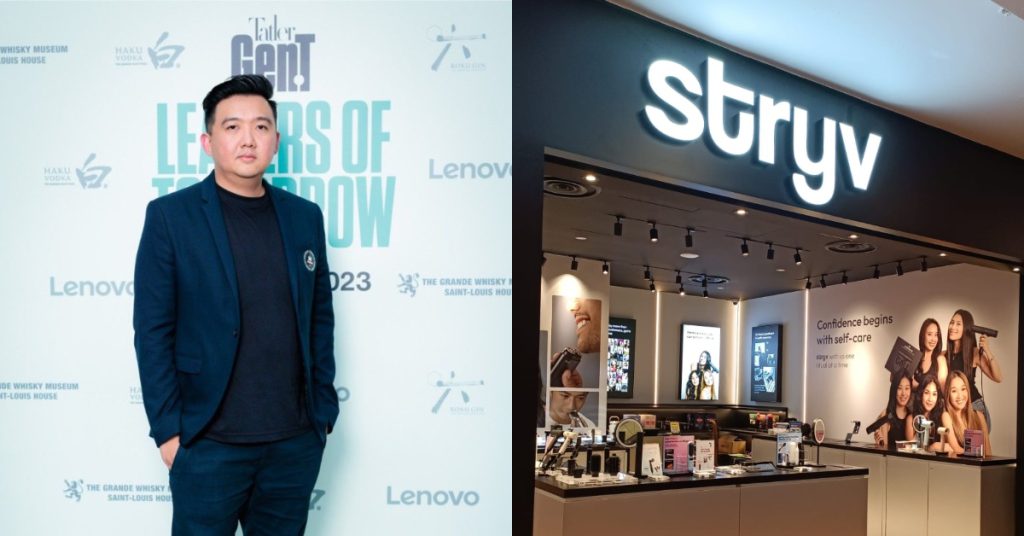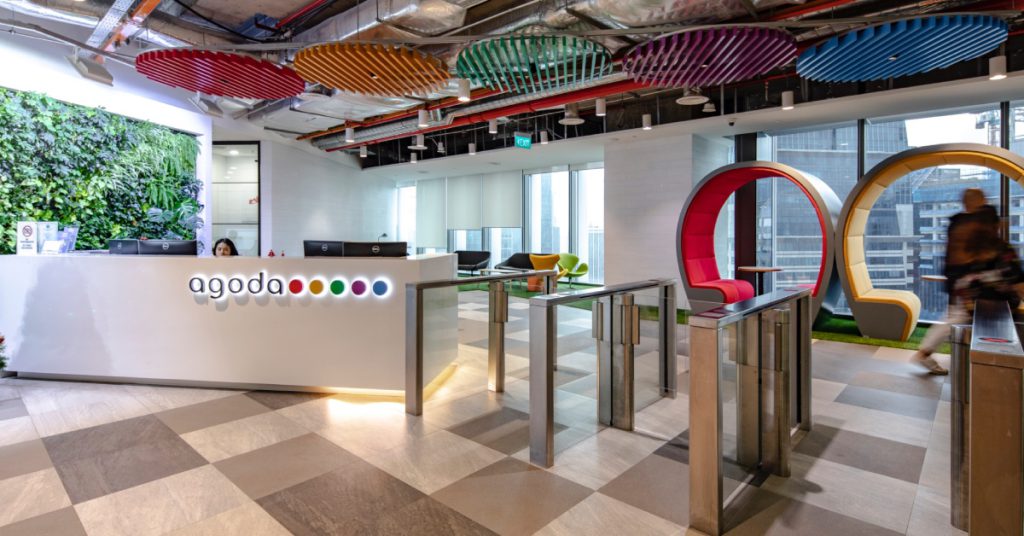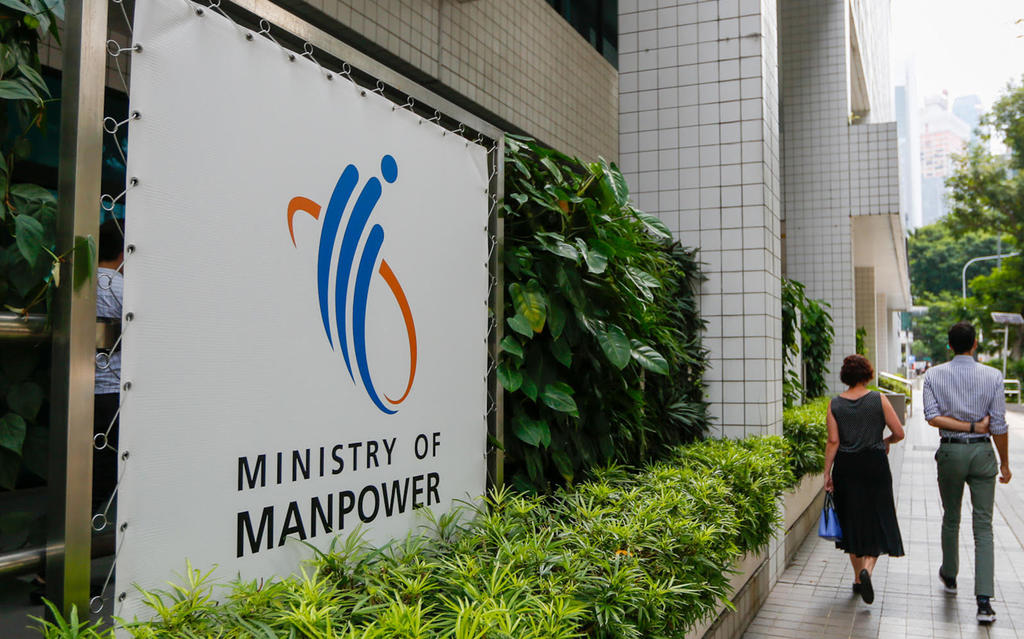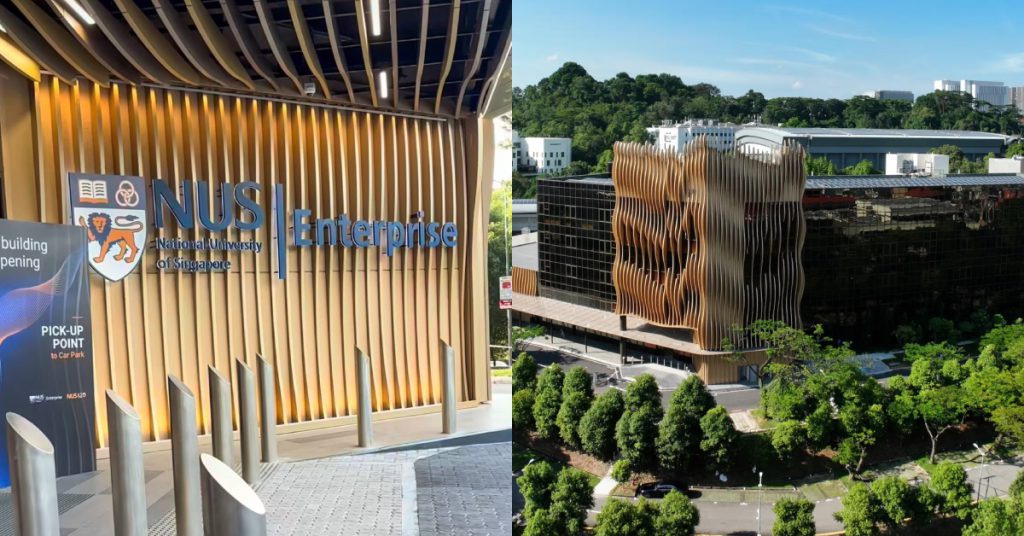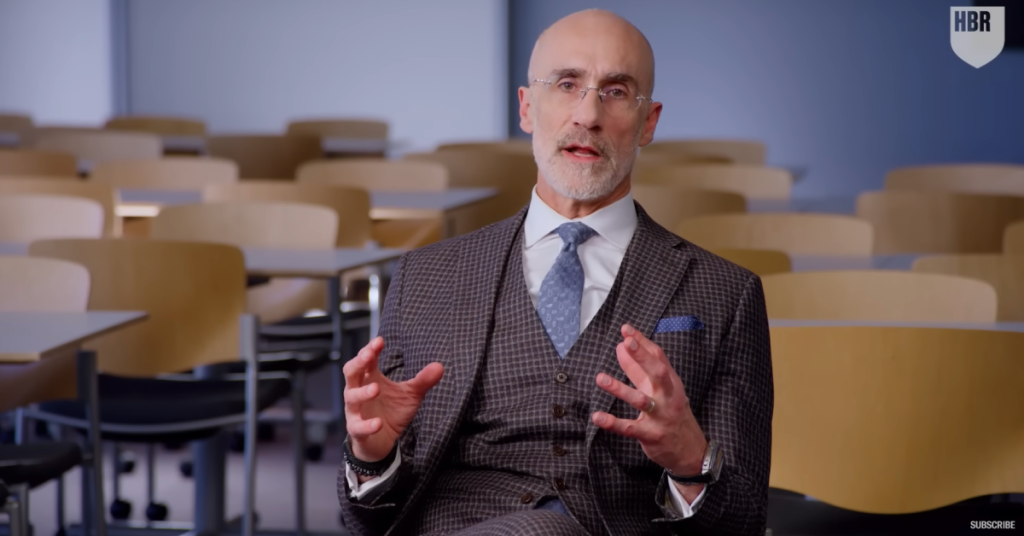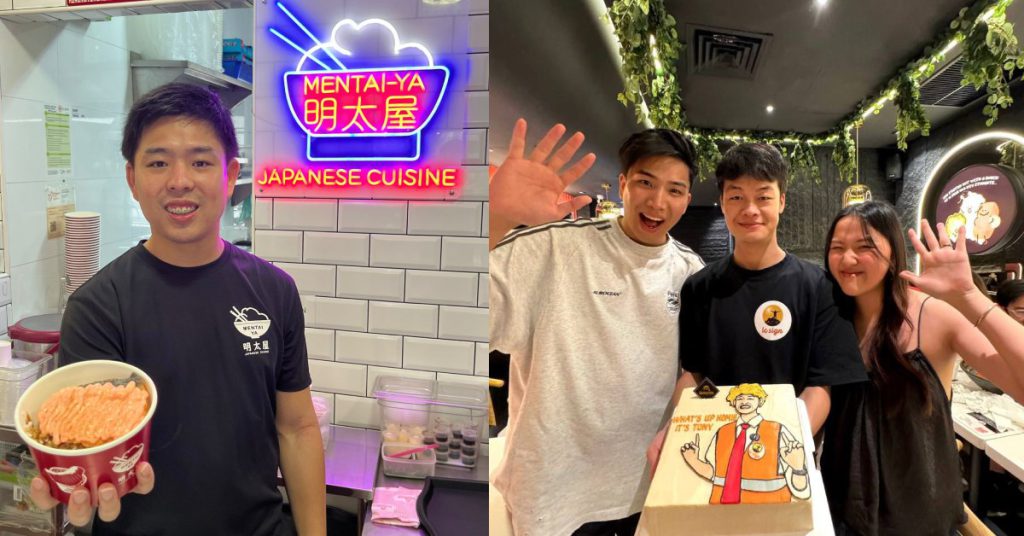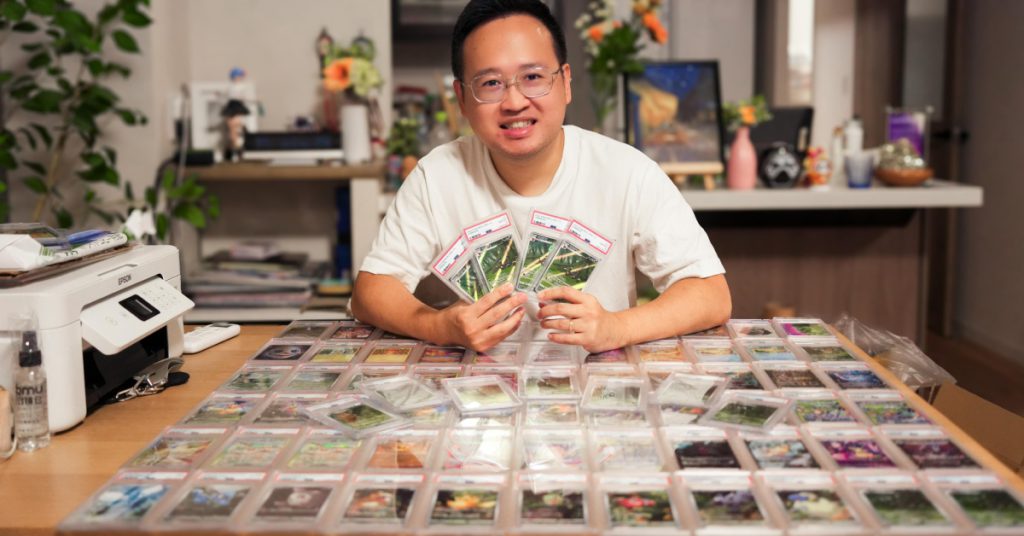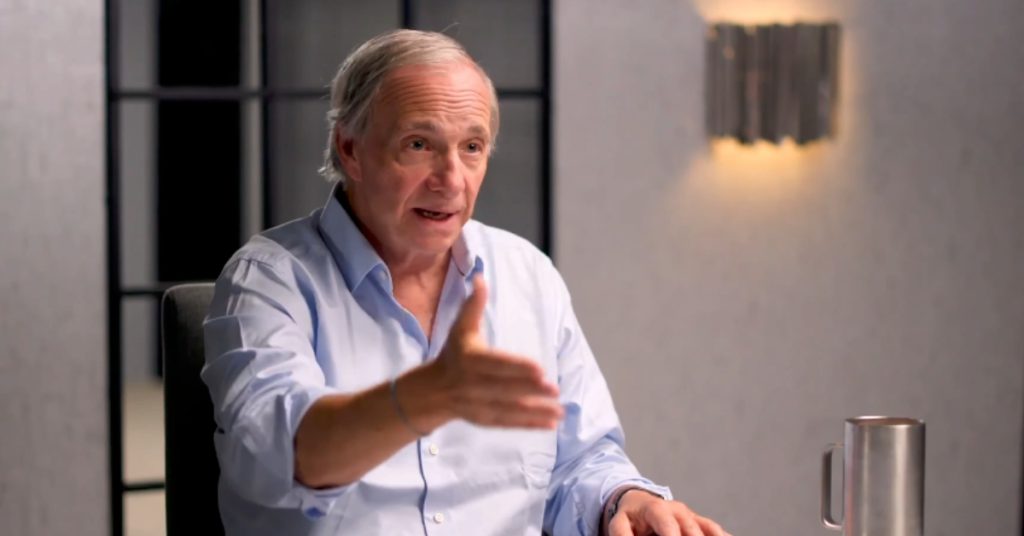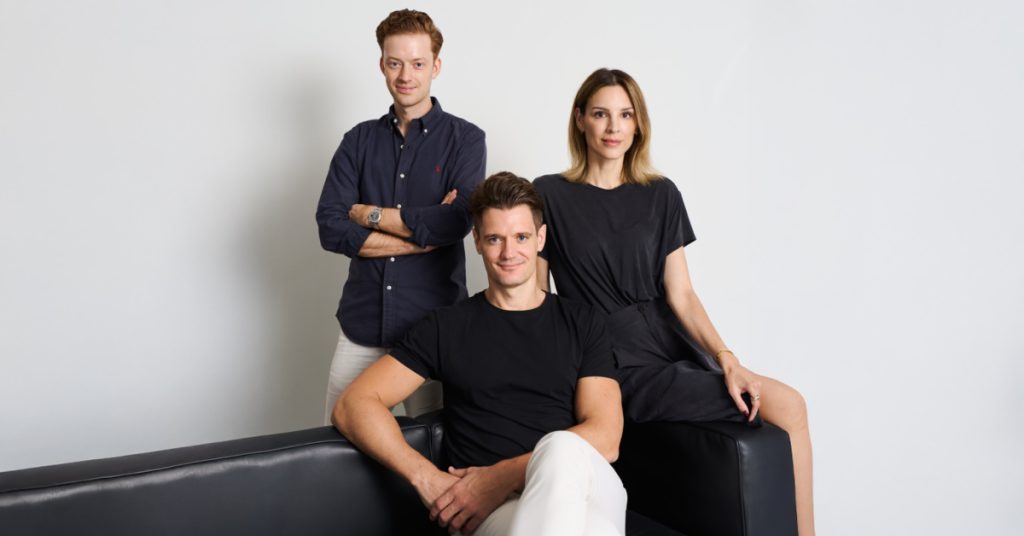When Roy Ang’s wife gave birth back in 2022, her postpartum journey was anything but easy.
Hair loss, weight gain and excess belly skin post-delivery led to a substantial drop in her confidence, which impacted her relationships with others, including her husband.
To lift her spirits, he gifted her a hairdryer and immediately saw a spark return to her eyes. “I think she was also touched that her husband cared,” Roy said.
However, he also came to realise that quality hairdryers often come with hefty price tags, raising the question of whether they were truly accessible to the average person.
This realisation ultimately sparked a business idea to enter the personal care product industry.
So, after visiting and testing over 100 hairdryer manufacturers, claiming to invest a seven-figure sum, and acquiring external funding, Roy launched Stryv as a “digital-first brand,” selling “premium and affordable” haircare and styling products.
A success after a failed venture
Stryv is actually the second brand that Roy started under his parent company, Evo Commerce—a Direct-to-Consumer (D2C) personal care and supplements business that he co-founded with his former colleague, Ming Hao Teoh, after their previous tenure at Grab.
The duo’s first venture was a hangover supplement brand called BBack (previously known as BounceBack), launched in 2021, which offers an anti-hangover remedy with “liver-strengthening properties.”

However, Evo Commerce didn’t start out in the D2C space. When it first launched in 2020, the business sold livestreaming backend software, but things did not turn out as expected.
“Back then, there wasn’t any TikTok Shop and most [livestreams] were done through Facebook—the experience wasn’t great,” Roy lamented. Struggling to turn a profit, the duo started to consider pivoting their business.
This was when Roy and Ming Hao learnt about the D2C industry—after seeing many livestreamers successfully building their own brands through the business model, they believed they could do the same by leveraging multiple platforms and channels to drive sales.
Hence, the duo pivoted Evo Commerce’s focus, but their decision was met with scepticism and distrust from both investors and employees.
When we first announced [the pivot] to our investors, most of them thought that we went mad as we had no experience running a brand. Most of the employees also lost confidence in us because of the failed project, and they didn’t believe that we could pull through the D2C business.
We still decided to push it through as we believed in what we learnt from the livestreamers regarding product building—margins were a lot better compared to the software business, and there’s a better founder-market fit (both Ming Hao and I were media executives in our early careers). In hindsight, it was the right decision.
Roy Ang, CEO and co-founder of Stryv
With only six months of runway, both founders had to start from the ground up once more—but by June 2022, Evo Commerce managed to break even and had subsequently raised US$600,000 in seed funding two months later, paving the way for the launch of other brands, including Stryv.
Building the foundation
During Stryv’s early days, Roy shared that the business “spent quite a bit” on advertising and working with influencers and celebrities, with the goal of creating “a hyperlocal brand that people could relate to.”
“This helped to build the foundation of the brand,” he said.
@stryvco Get ready for gifting szn with Stryv. #hairdryer #stryv #giftingideas
? original sound – stryv.co – stryv.co
Those early efforts seem to have paid off, as Stryv has since expanded beyond Singapore to three other countries: Malaysia, Hong Kong, and Taiwan.
According to Roy, these countries have similar GDP per capita and social media consumption behaviour, allowing the company to have a streamlined international expansion strategy, including working with local media content creators on the ground.
In addition, the brand has expanded its product range beyond hairdryers to include more haircare and personal care products, including straighteners, electric toothbrushes and shavers.

While the majority of sales still come through its e-commerce website, Stryv has also decided to venture into the brick-and-mortar space, which has “opened up many opportunities to meet consumers where they are.”
“In [the] Southeast Asia region, consumers still love the shopping malls because of the weather. [It’s always either] too hot or raining, hence we always want to be near where our consumers are,” Roy explained.
Currently, the brand operates eight outlets in Singapore and seven stores in Malaysia.
Growing, but not rushing
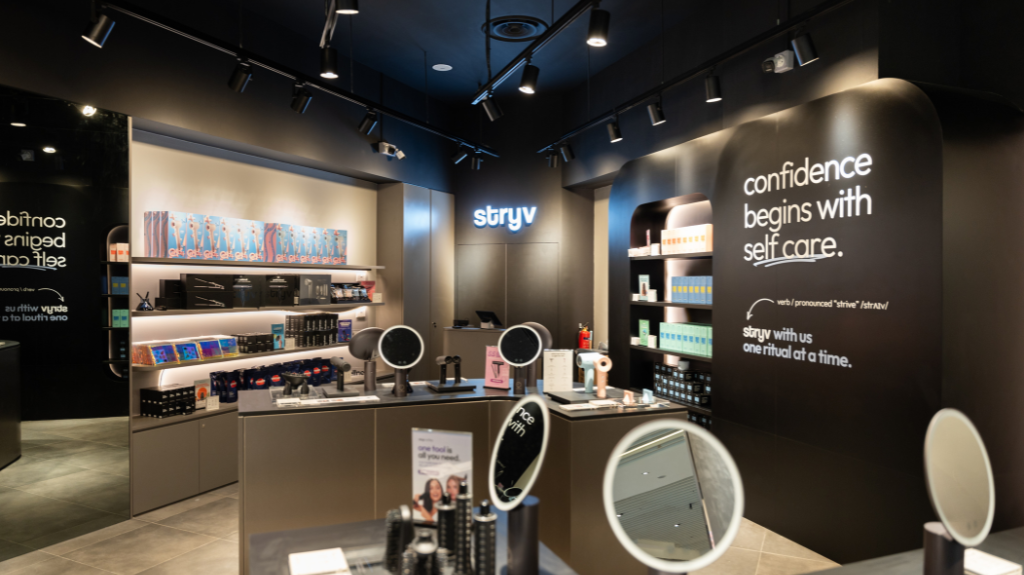
Since 2023, Roy claims that the company has managed to bring in eight figures in annual revenue, and aims to hit nine figures within the next three years.
At this point, it might seem that the brand has hit its peak, but Roy doesn’t plan to stop there.
There’s definitely competition and we believe the differentiation still has to come from the products. Product quality is something that we have been working on, and we also started R&D-ing our own design and IP. This is super hard but we feel that if we want to build a global brand, we have to start doing this.
We’ll likely still invest into building more product categories that are relevant to our existing customers and at the same time, expand into new markets that we’re not in.
Roy Ang, CEO and co-founder of Stryv
At present, Stryv is working to launch 25 new products this year and scale to 50 retail outlets regionally within the next two years. It is also gearing up to enter what Roy describes as “a big market” in 2026.
However, he emphasised that the brand will be “taking it cautiously,” as entering new markets requires a deep understanding of the local customers. “It’s a challenge when problem statements and user behaviours are different.”
Hence, with the company already profitable, its focus remains on sustainable growth and maintaining that profitability.
Locally, Stryv is set to launch two more physical stores in Singapore—one at ION Orchard, which will open its doors within the next two to three weeks, and another at Northpoint City mall in Yishun in May.
A third location is also in the works, though details are kept under wraps for now.
Looking forward, Vulcan Post asked Roy if he sees himself continuing in the D2C industry in the years ahead, and what his personal goals are outside of Stryv. Here’s what he said:
I hope I can retire and play with my kids everyday.
I’m kidding! I can’t sit still, and I absolutely love the vertical and do see myself working beyond that. Even if I’m not operating anymore, I will definitely invest or advise the next phase of builders solving real world problems as the learning is just phenomenal. I selectively do some pro-bono advising other brands and it’s giving me joy.
Roy Ang, CEO and co-founder of Stryv
Also Read: A gamble that paid off: Cloversoft’s founders on 10 yrs of growth & the future of the brand
Featured Image Credit: Stryv


